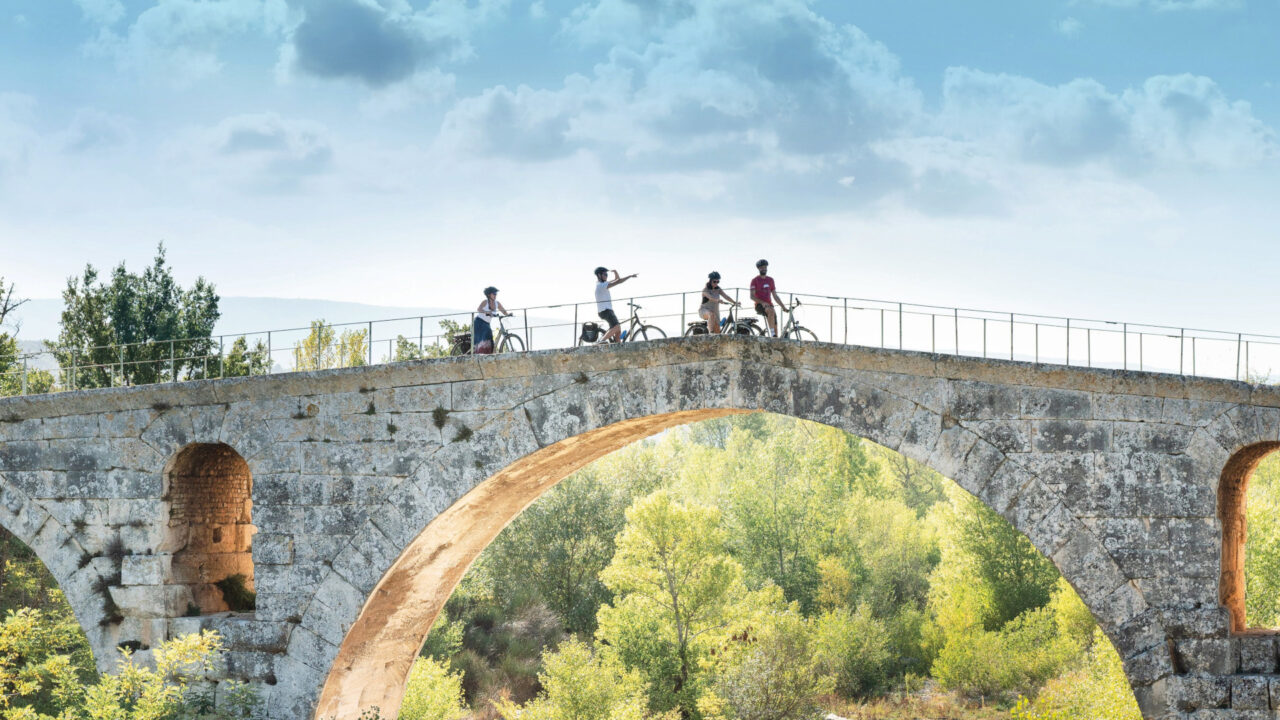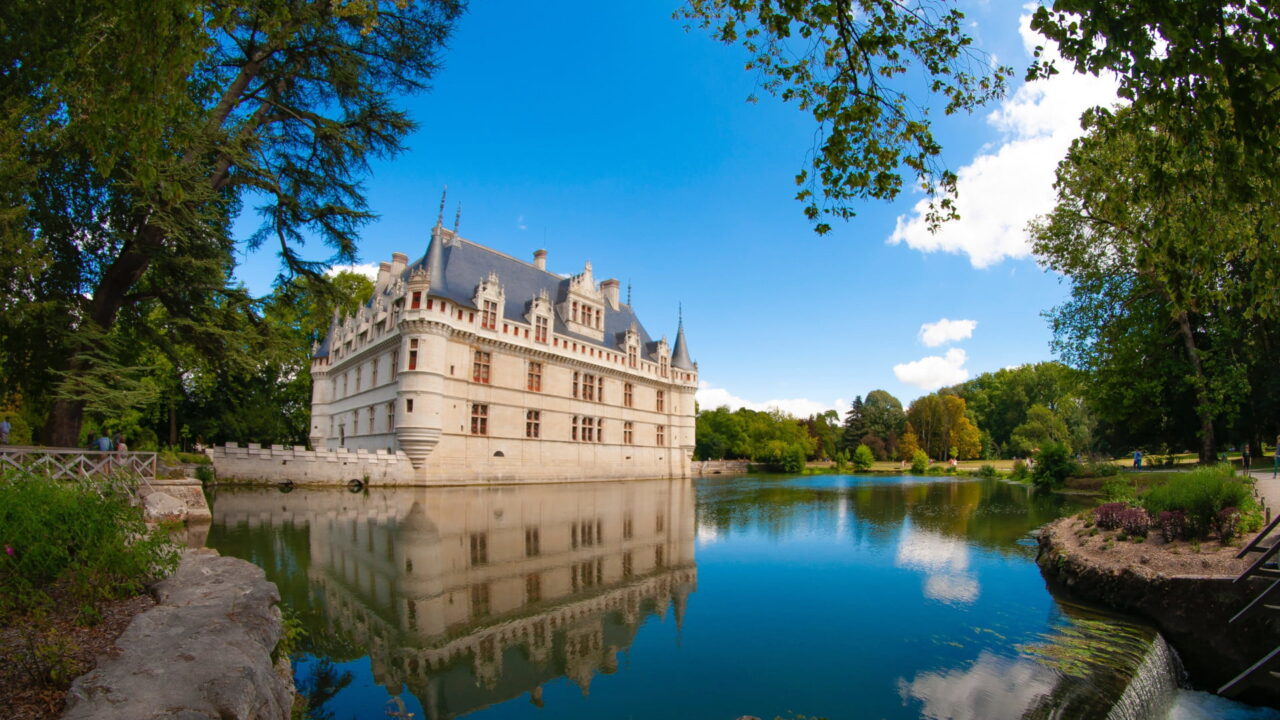Spain is renowned for its hearty culture, from its vibrant festivals, its stunning landscapes and, most of all, its mouthwatering cuisine. Its globally defining sangria drink and tapas dishes, which are loved by holiday makers and Spaniards alike, have well and truly solidified a place for Spain on the world’s food map. Tapas are typically small plates or snacks served at local bars which accompany a beer or glass of sangria. They are the perfect finger-food for an afternoon chat, evening drink or weekend catch up. Each plate of the many variations of tapas across the country represents just a slice of the rich tapestry of Spain’s culinary traditions.
The truth is that it’s impossible to encompass Spanish cooking in one cuisine but rather better to recognise Spain’s cuisine through an understanding of its autonomous regions. Spain has historically been a melting pot for different people and its varied landscape has shaped diverse cultural practices and culinary traditions across each of the Spanish regions. Thus, in each Spanish community, the use of raw produce, recipes and techniques has evolved independently from one another to curate entirely unique and unbelievable delicious dishes. To get you started on your gourmet adventure in Spain, we’ve compiled a list of must-try dishes to keep an eye out for when cycling in Spain.
Jamón Ibérico, Extremadura
Also known as Ibérico ham, jamón ibérico is one of Spain’s most famous and prized culinary gems. Its origins trace back to over 2,000 years ago when the ancestors of today’s Iberian pigs roamed freely in the wild. The process of curing ham began during the Roman era but has since been perfected in Spain.
In the modern day, this meat is exclusively made from the Black Iberian pigs which are commonly raised on Extremadura soil. The animals enjoy free-range conditions often grazing on acorns (known as bellotas) in oak forests, which gives the ham its unique nutty flavour. The finest of all jamón ibérico has to be classified under Spanish culinary guidelines meaning that each slice is of the highest quality.
A symbol of Spanish gastronomy, jamón ibérico is enjoyed in many forms, whether it be thinly sliced as a tapa or on top of a piece of toast with tomato, garlic and olive oil. Try this speciality for yourself on our cycling tours in Extremadura.
Paella Valenciana, Valencia
One of Spain’s most famous and beloved dishes, Paella, comes in many forms across Spain. However, its birthplace, Valencia, is where you can try the most authentic of this rice dish – paella valenciana. Featuring a variety of meats, as well as snails, green beans, artichoke hearts and tomato atop short-grain rice, this hearty meal will keep you cycling for days.
This star dish that is known universally had very humble beginnings. Paella began as a farmer’s meal, cooked over a wood fire by workers using whatever they could find readily available in the fields: tomatoes, onions, and beans. Meat and saffron would be added on special occasions, making the rice the golden colour that we recognise today. Back then, paella was eaten straight from the large pan as each member of the group dipped in their own wooden spoon. The name paella itself is a testament to the large pan that brings the dish to life. Deriving from the Old Valencian dialect, patella meaning “pan” evolved into paella in today’s Castilian Spanish.
Now Paella is regarded as a large part of the identity of the Valencian community and is a must-try when pedalling in Valencia. Often enjoyed as a tapa to quench that afternoon hunger, this dish is the perfect fuel to keep you pedalling through this beautiful region.
Judias de la Granja, Segovia
Judias de la Granja is a treasured bean tapa, famous across the Segovia region. Its name speaks of its origins, ‘judias’ meaning beans in Spanish and ‘la Granja’, a small town outside of the provincial capital known for its agricultural tradition. These beans are renowned for their exceptional quality – the beans are typically white, oval shaped and highly regarded for their creamy texture when cooked. The best way to try them is in the judiones de la Granja stew, a hearty dish full of flavour. Made from beans, tomatoes, onions, carrots, paprika, and chorizo fried together over low heat, it showcases many of the rich flavours of Segovia.
In a tapas portion, these delicious beans are often served in a sofrito – a flavourful sauce made from sautéed onions, garlic and tomatoes. Along with chorizo, bacon and other regional meats, the sofrito brings out the earthy flavours of the beans. This tapa perfectly complements a glass of red wine or refreshing sangria on your trip in Segovia.
Pintxos, Catalonia
Originating from the region of Catalonia, Catalan pintxos offer a unique twist on the traditional Spanish tapas. These bite-sized treats are typically served on skewers or toothpicks, making them easy to enjoy while sipping a refreshing glass of sangria or wine. Unlike other tapas, pintxos often feature a combination of local ingredients, like fresh seafood, cured meats, cheeses, and vegetables, all beautifully layered on a slice of crusty bread. Whether it’s the rich flavours of grilled sardines, tangy anchovies, or a medley of roasted peppers, Catalan pintxos are a celebration of regional flavours, perfect for pairing with a chilled glass of sangria. This fusion of creativity and tradition ensures that each bite is a delicious reflection of Catalonia’s rich culinary heritage.
For more information on our cycling holidays in Spain, please call our cycle experts today on 020 7471 7760.





